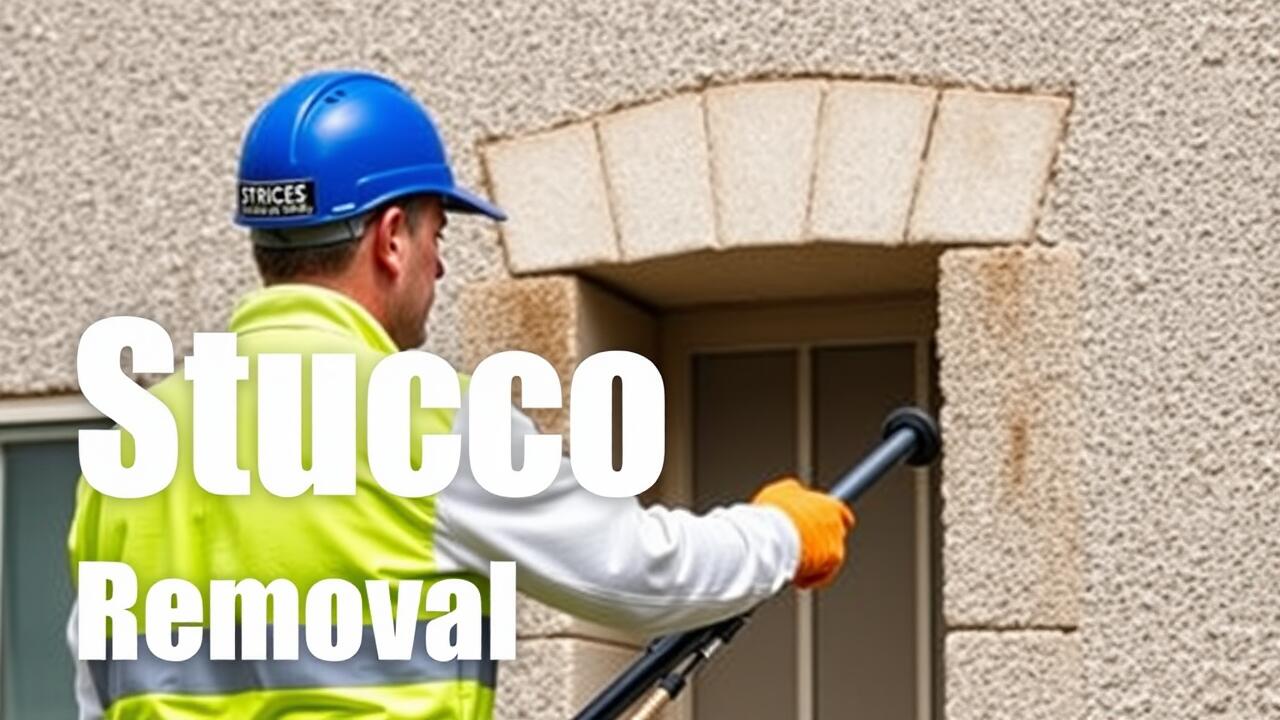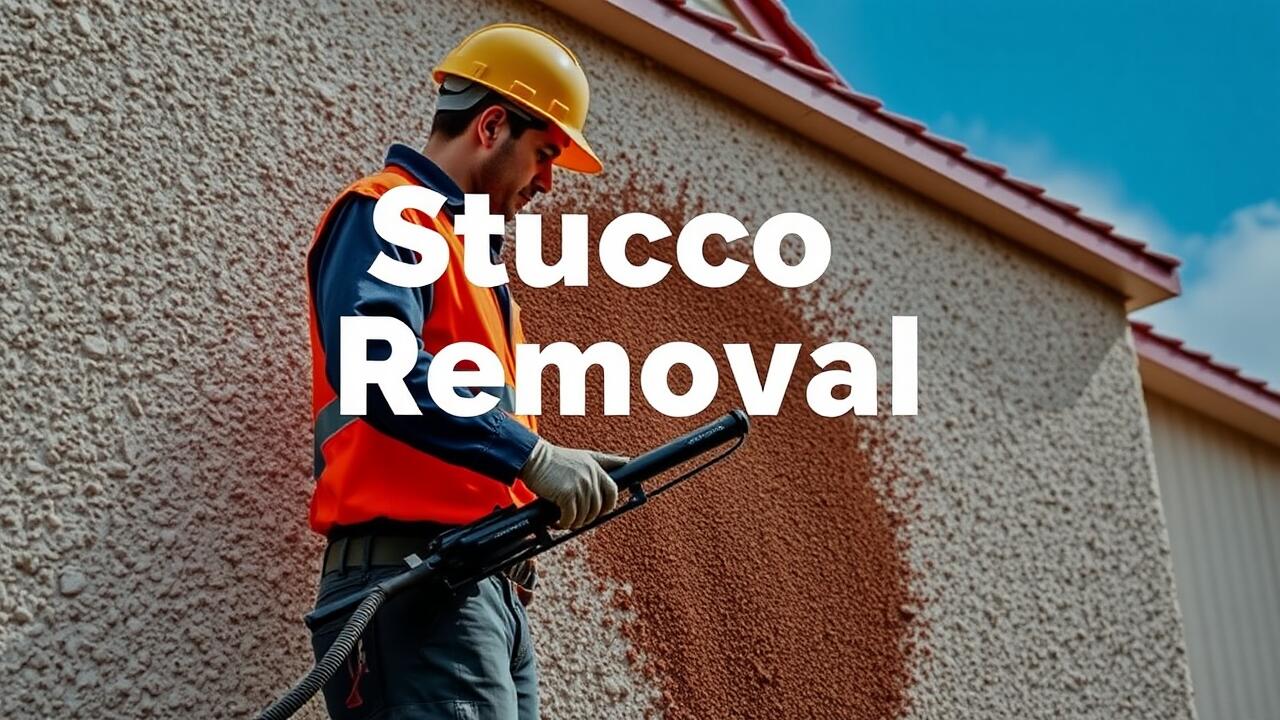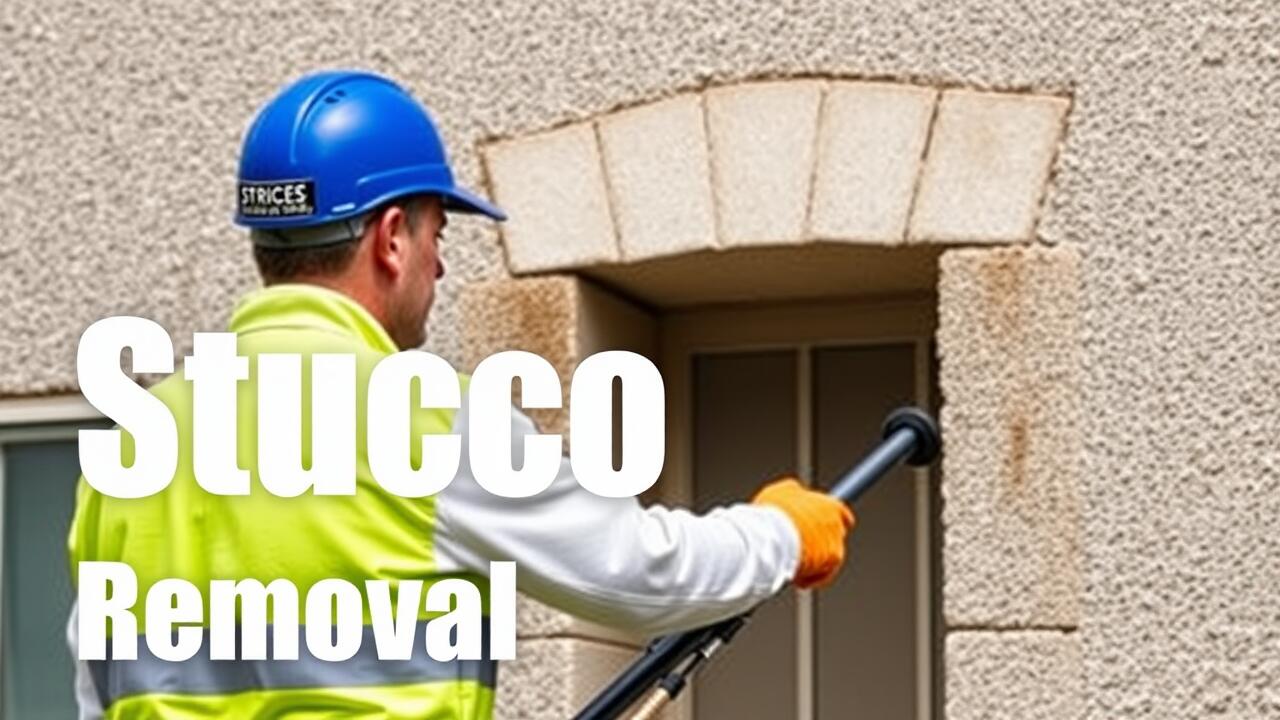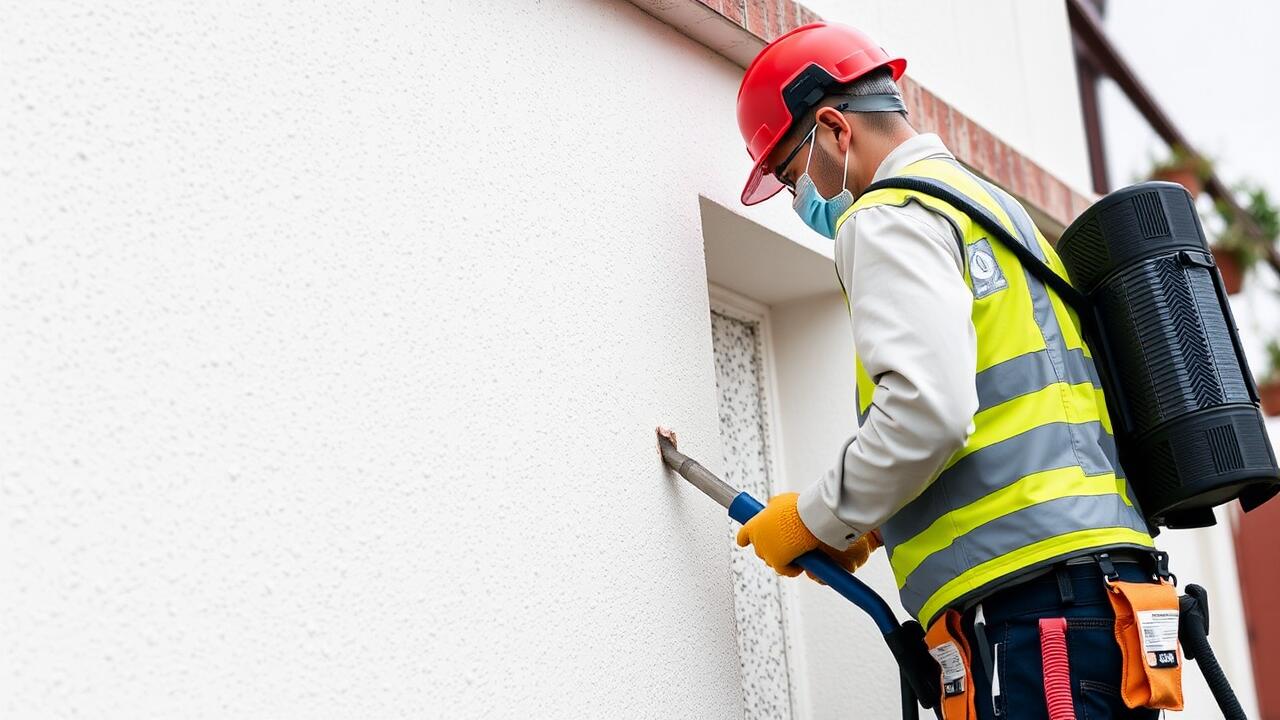
Step-by-Step Process of Removing Stucco
Before beginning the stucco removal process, ensure you are equipped with the necessary safety gear. A dust mask, goggles, and gloves will protect you from debris and dust. Prepare your work area by covering any nearby plants or surfaces that could be damaged during the removal process. For projects like Stucco Removal Highland Park, Los Angeles, having the right tools is crucial. A chisel, hammer, or a specialized stucco removal tool will help in effectively detaching the stucco from the wall.
Start at a corner or edge of the stucco and carefully insert your chisel or removal tool to break the bonding between the stucco and the underlying wall. Apply consistent pressure as you work to avoid damaging the wall beneath. Continue this process in sections, ensuring that you remove all layers of stucco. If you encounter particularly stubborn areas, use a hammer to gently tap the chisel deeper into the stucco. Keep the area clean as you work, removing debris and dust to maintain visibility and safety.
Techniques for Effective Stucco Detachment
Choosing the right tools is essential for effective stucco detachment. A hammer and chisel are often the go-to instruments for initial removal. They allow for precise targeting of the stucco material. For larger areas, a circular saw or angle grinder fitted with a masonry blade can save time and effort. Wearing protective gear is crucial, as flying debris poses a risk. The use of a pry bar can help separate the stucco from the underlying surface without causing excessive damage to the wall.
In addition to tools, employing the right techniques can enhance the removal process. Start by scoring the stucco surface to create weak points, making it easier to chip away. Work your way from the top downward to keep debris from obscuring your view of the area. If you are handling a significant removal project in Stucco Removal Highland Park, Los Angeles, consider incorporating water misting to reduce dust and facilitate easier removal. Always mind the surrounding areas to prevent incidental damage during the process.
Dealing with Underlying Damage
Once the stucco has been removed, inspecting the underlying surface is crucial. Look for damage such as rotting wood, mold, or deteriorating insulation. These issues can compromise the structural integrity of the wall and lead to more serious problems down the line. If you notice anything concerning, it’s important to address these problems before proceeding with any further work. Taking the time to repair these underlying issues can save both time and money, preventing costly renovations in the future.
For those embarking on stucco removal in Reseda, Los Angeles, ensuring a clean and sound surface before applying new materials is essential. Ensure that any damaged areas are repaired with appropriate methods and materials. Replace rotten wood, treat mold with a suitable cleaner, and consider re-insulating if necessary. A well-prepared substrate will not only enhance the durability of the new surface but also contribute to the overall aesthetic of the property.
Identifying and Repairing Wall Issues
Before beginning any stucco removal project, it is crucial to assess the condition of the underlying walls. Look for signs of damage, such as water stains, mold growth, or peeling paint. These indicators suggest potential issues that need addressing before you proceed with re-stuccoing or painting. Pay attention to the integrity of the framing and any insulation materials as well. If you notice extensive damage, it may be necessary to consult a professional to evaluate the extent of the repairs needed.
Once you have identified any underlying wall issues, addressing them promptly will ensure long-term success. Start by repairing minor cracks with a suitable patching compound. For larger concerns, such as moisture damage, it might require replacing sections of drywall or other materials. Properly sealing the area will prevent future problems and can enhance the overall durability of your new stucco application. This is especially significant in regions like Highland Park, Los Angeles, where environmental factors can contribute to wall wear and tear.
Cleaning Up After Stucco Removal
After the stucco has been removed, cleaning up the work area is crucial to ensure safety and maintain the integrity of the property. Begin by gathering debris and disposing of it according to local regulations. It is essential to wear gloves and a mask during this process to protect yourself from dust and any small particles that may be harmful. Use a heavy-duty trash bag or bin for large pieces of stucco and a broom to sweep up finer dust and remnants.
In addition to debris removal, homeowners should check for any tools or equipment left behind that may be hazardous. For a thorough cleanup, consider using a shop vacuum to capture any lingering dust effectively. If the project was extensive, it may also be worth taking time to deep clean the surrounding area to remove any stains or marks left from the stucco. With careful attention to these details, you can conclude your stucco removal process and prepare for any subsequent renovations in locations like Highland Park, Los Angeles.
Proper Disposal Methods and Cleanup Tips
After completing the stucco removal process, proper disposal of the debris is essential. Local regulations in Highland Park, Los Angeles, dictate how construction waste should be managed. Contacting your local waste management facility can provide guidance on designated drop-off locations or curbside collection services. Make sure to separate any recyclable materials from the general waste to minimize landfill impact.
Thorough cleanup is just as important as the removal itself. Begin by sweeping or vacuuming the work area to eliminate dust and smaller particles. Pay special attention to any tools or surfaces that may have collected debris during the project. Wearing protective gear, such as a mask and gloves, can help safeguard against exposure to harmful dust. Following the guidelines for proper disposal and cleanup will ensure a safe and tidy environment after your stucco removal in Highland Park, Los Angeles.
FAQS
What tools do I need for manual stucco removal?
Essential tools include a chisel, hammer, pry bar, safety goggles, dust mask, and a utility knife. You may also want a wire brush and a scaffolding setup for higher areas.
How long does it typically take to remove stucco manually?
The time required can vary greatly depending on the size of the area and the condition of the stucco. On average, it can take anywhere from a few hours to several days.
What should I do if I find underlying damage while removing stucco?
If you discover underlying damage, it’s important to assess the extent of the issue. You may need to repair or replace affected areas before proceeding with any new finishing work.
Are there any safety precautions I should take during stucco removal?
Yes, always wear safety goggles and a dust mask to protect yourself from debris and dust. Additionally, ensure your workspace is clear and use tools safely to avoid injuries.
What are the best disposal methods for removed stucco?
The best disposal methods include checking local regulations for construction waste disposal, recycling the materials if possible, or hiring a waste disposal service for larger quantities. Always ensure materials are disposed of in an environmentally friendly manner.


